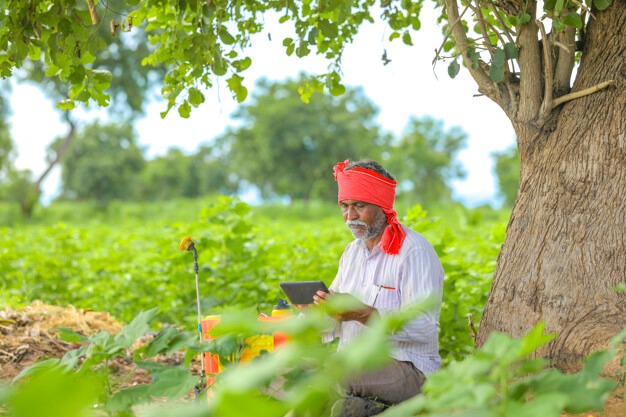
Multimedia Industry in India is witnessing rapid development and expansion in localization. It started with dubbing, voice-over, and subtitling into National Geographic or Discovery channel content, with their mass media representation.
Since then, the game has changed a lot with global OTT players like Amazon Prime Video and Netflix, as well as-Indian OTT platforms like Hotstar, Alt Balaji, Zee5, and many more in the race, continue to impact the Indian entertainment marketplaces.
A Boston Consulting Group study estimated that by the year 2023 the Indian OTT market will mature to USD 5 billion.
OTT Vs TV
The competition in the country’s OTT streaming industry is heating up, with more than 40 players vying for growing attention in the jumbled OTT industry. India is now known as one of Asia’s most striking OTT markets and listed as such.
The OTT market in India (2016-18) has gone through a positive stage and is currently heading to a period of intensification. India is among the world’s first ten video OTT markets this year. By 2023 India will have over 500 MM of online video subscribers, second only to the world’s leading online video market and that is China.
The TV industry has diminished but will not be completely knocked down by OTT’s scale, as seen in other marketplaces. From 2017-22 the television industry in India will see a CAGR of ~11 percent while in the equivalent time the worldwide growth rate will only stand at 1.4 percent.
India has a large number of televisions, with access to households of over 170 MM. An addiction pushes it highly to entertainment, and televisions will remain a pillar of the Indian viewing activity. OTT players can see this as a window into the hearts of Indian audience.
Mapping the Indian Consumer
Just as online Indian language users in cyberspace have outnumbered English-speaking counterparts, OTT rural users have pushed ahead of their urban counterparts within India. The rural users converse in a wide range of languages such as Hindi, Bangla, Telugu, Tamil, and mostly resort to their mobile phones for OTT content. The boosts in accessible Internet speeds at highly affordable rates have further transformed the scenarios through Internet service providers’ efforts.
Now the growth of OTT platforms in India relies on the different audiences’ new demographics. According to Broadband India Forum reports, about 65 percent of video consumption as of April 2019 came from rural parts of India with just 40 percent online connectivity. Normal experience places it at highly active in urban areas when it comes right to the streaming portion. However, as discussed above, OTT is expected to improve due to cheap data and access to smartphones, and will attract more and more viewers over time.
An adopted path is the translation of the Indian language into other Indian languages. Huge quantities of Hindi-speaking audiences are now opening up to dubbed Telugu, Tamil, and other Indian languages movies.
Digital entertainment and OTT content localization
Digital video platforms have also reached out to customers residing in tier 2 and 3 markets as well as rural India, after successfully targeting the urban customer base. With its diverse categories of devotional and other regional material, many new players, such as Shemaroo Me, specifically target smaller markets. Eros Has partners with BSNL to distribute its entertainment network, which allows for smaller markets.
Approximately 65 per cent of the consumption of OTT content comes from rural areas. Though Reliance Jio expanded the Internet scenario to mobile phones, rural users still needed an opening to OTT platforms. YouTube is readily available on Android phones and can be preloaded. It also held market share of 90.68 per cent until March 2019. This scenario is also the basis on which Amazon has collaborated with OEM companies to gain access and preload its Prime Video application for convenience on handsets.
TV networks & their native OTT channels
With the growing pressure from online content providers, TV networks such as Zee, Star, and Sun have launched their own OTT channels to maintain and expand their viewership to their rural audiences. As reported by KPMG Eros Now, more than 85 percent of Indians like to watch content in different regional languages. This scenario makes it more enjoyable for players like Sun TV as well as Zee TV to use their OTT channels to hit a locked-up viewer base.
Premium content at Cost Effective rates
Although new content is a defining factor for OTT platforms, keeping OTT players exclusive is the price of the content material. For example, Amazon Prime Video, along with Amazon’s Prime shopping service, can be purchased at Rs. 999 per year. On the other hand, Netflix’s basic plan is accessible at Rs. 499 per month. So Netflix launched a mobile-only service at Rs. 199 a month primarily to reach its rural viewers in this scenario to reduce the price points.
Moreover, Sony LIV recently launched its shampoo sachet pack at just Rs 29, providing seven-day access to the premium content, which has affected other local OTT platforms.
Telco’s have also collaborated with OTT players to help them boost their sales by steering data use from their current users in particular. Some internet service providers also raise their revenue by bundling their existing subscription services through alliances with OTT platforms to improve their monthly internet packages.
What’s next?
There is more to it than just catering to OTT markets for businesses offering localisation services worldwide. In India, however, it appears their fate will remain closely linked to that of the OTT teams.
In rural areas, Indian-language users are already meeting higher demands for OTT content and will continue to do so in the anticipated future. In the country’s internet space this scenario also happens to be rapidly maturing consumer demographics. To conclude, India’s streaming platforms must encourage and prioritise their content inclinations, which starts with localization.

